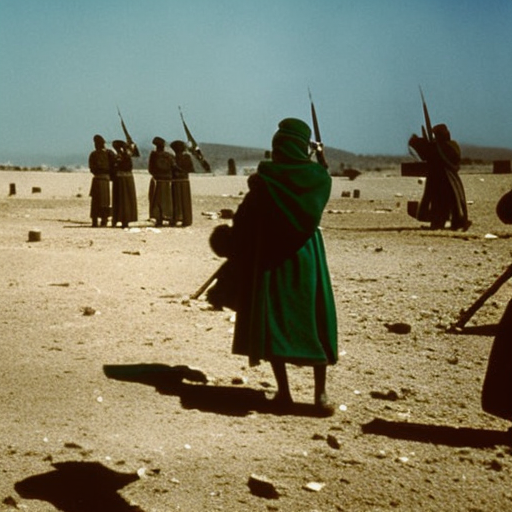Summary:
The Second Italo-Ethiopian War was a conflict that took place between Italy and Ethiopia from 1935 to 1936. It was triggered by Italy’s desire to expand its colonial empire in Africa and Ethiopia’s refusal to submit to Italian rule. The war ended with Italy’s victory and the annexation of Ethiopia, marking a significant turning point in the history of colonialism in Africa.
Background:
Italy had long sought to establish a colonial empire in Africa, and Ethiopia was one of the few remaining independent African nations. Italy had previously attempted to conquer Ethiopia in 1896 but suffered a humiliating defeat at the Battle of Adwa. This defeat fueled Italy’s desire for revenge and a renewed interest in Ethiopian territory.
Causes:
The immediate cause of the war was the Walwal incident in December 1934, where Italian and Ethiopian troops clashed over a disputed border region. Italy used this incident as a pretext to launch a full-scale invasion of Ethiopia. However, the underlying causes of the war were rooted in Italy’s imperial ambitions and Ethiopia’s determination to maintain its independence.
Course of the War:
Italy, under the leadership of Benito Mussolini, launched a massive invasion of Ethiopia in October 1935. The Italian forces, equipped with modern weapons and superior firepower, quickly gained the upper hand. Ethiopian Emperor Haile Selassie appealed to the League of Nations for help, but the international community failed to take effective action to stop the aggression.
The war witnessed several major battles, including the Battle of Amba Aradam and the Battle of Maychew. Despite Ethiopian resistance, the Italian forces steadily advanced, using chemical weapons and aerial bombardment to devastating effect. By May 1936, the Ethiopian capital of Addis Ababa had fallen, and Emperor Haile Selassie was forced into exile.
Consequences:
The Second Italo-Ethiopian War had significant consequences for both Italy and Ethiopia. Italy achieved its goal of establishing a colonial empire in Africa, with Ethiopia becoming part of Italian East Africa. Mussolini’s victory boosted his popularity at home and further fueled his expansionist ambitions.
For Ethiopia, the war was a devastating blow. The country suffered immense human and material losses, with estimates of hundreds of thousands of Ethiopian casualties. The war also exposed the weaknesses of the League of Nations, which failed to prevent Italian aggression or provide meaningful support to Ethiopia.
The war had broader implications for the international community. It highlighted the limitations of collective security and the inability of the League of Nations to effectively address aggression. The conflict also contributed to growing tensions in Europe, as Italy’s actions were seen as a precursor to the larger global conflict that would become World War II.
In conclusion, the Second Italo-Ethiopian War was a conflict driven by Italy’s desire for colonial expansion and Ethiopia’s determination to maintain its independence. Italy’s superior military capabilities and the lack of international intervention resulted in Ethiopia’s defeat and annexation by Italy. The war had far-reaching consequences, exposing the weaknesses of the League of Nations and setting the stage for future conflicts in Europe.












